Here is a video for Hasbro’s Rose Petal Cottage. Could be good for discussing gender socialization:
Great find, Sherryl K.!
Gwen Sharp is an associate professor of sociology at Nevada State College. You can follow her on Twitter at @gwensharpnv.
Here is a video for Hasbro’s Rose Petal Cottage. Could be good for discussing gender socialization:
Great find, Sherryl K.!
Gwen Sharp is an associate professor of sociology at Nevada State College. You can follow her on Twitter at @gwensharpnv.
Anti-gun control propaganda (found here) aimed at EVERYBODY.
What you might expect from the pro-gun lobby:

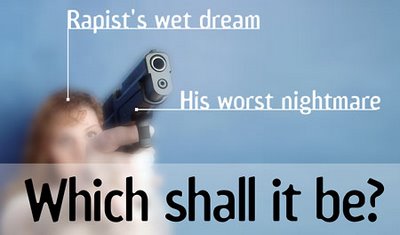
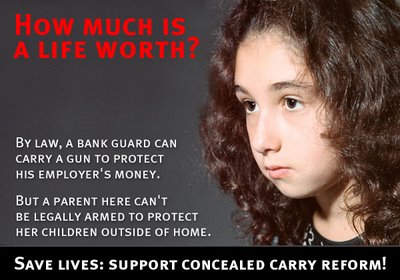
For kids!
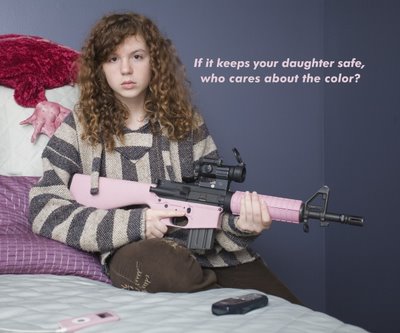
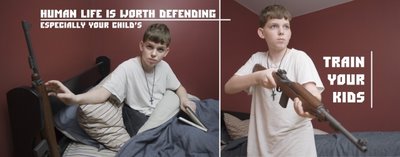
Pro-gun feminism?
Guns are for fags:
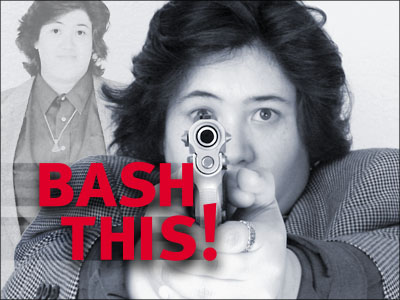
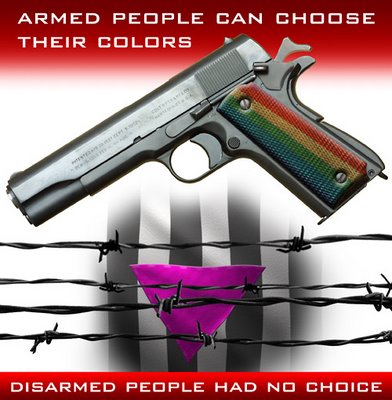
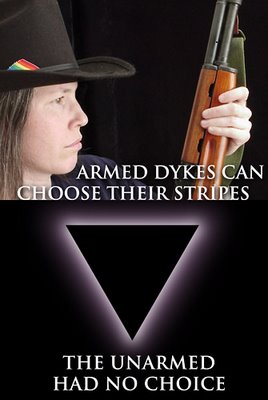
Gun control is racist:
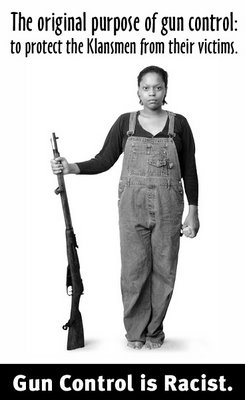
Bill F. sent in this one. What’s interesting about this image is the comment on masculinity–the implication is that “pacifist” men (whatever “pacifist” is taken to mean) aren’t “real” men because they can’t or won’t fulfill their role of protecting women. The gun becomes a replacement for sissified men.
A friend of mine, Jason Schultz, took this picture of this sign being sold in a toy store:
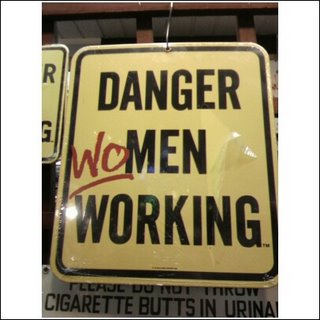
Jason suggested that it re-affirmed the notion that men and women are inherently at odds in a zero sum game
It is certainly androcentric in that it suggests that, in this case, girls should be proud of what they do insofar as they do what men have “traditionally” done.
And, to tie these two thoughts together, that girls should be proud when they take away what is “traditionally” men’s.
What do we really think about “girl power”?

Nair (a cream hair-removal product) is now targeting teen girls. The Nair Pretty website treats shaving for the first time much like the first period–talk to your mom or older sisters! We know it can be scary! And of course what makes it scary is all the cuts and nicks you can get from a razor. And guess what? There’s an easy solution!
I especially like that Nair Pretty is supposedly formulated especially “for the skin of teenage girls.”


This website created by the American Anthropological Association is a great way to explore the social construction of race. There’s an awesome timeline that traces political and scientific trends where you can click on any part of it and get more information. It’s a great resource.It also includes this great 7 minute video called “A Girl Like Me”:
I’d actually love to get some feedback on this video. I really like it, but last time I showed it (in a social psychology portion of a Race and Ethnicity course), the class had a hard time recovering. It was depressing and I wasn’t very successful in DOING something SOCIOLOGICAL with it. Any ideas?
Lisa Wade, PhD is an Associate Professor at Tulane University. She is the author of American Hookup, a book about college sexual culture; a textbook about gender; and a forthcoming introductory text: Terrible Magnificent Sociology. You can follow her on Twitter and Instagram.
Discussion of gender bending and transgender children on The View:[youtube]http://www.youtube.com/watch?v=78ND3vqPz90[/youtube]
Newsweek had an article today wondering if girl’s Halloween costumes might be too risque. I wasn’t surprised (I remember being shocked when I saw young girls dressed up as Spice Girls in 1998) so I decided to look around the Internet to find other questionable costumes. Not surprisingly, Halloween costumes are markers of not only gender and heterosexuality, but of race and class as well.
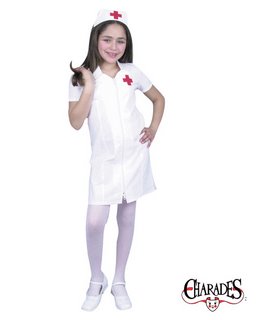
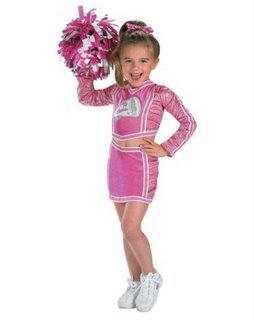
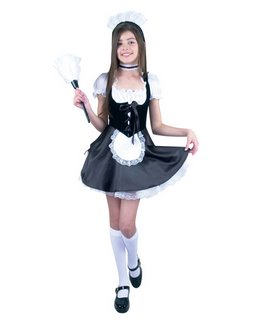
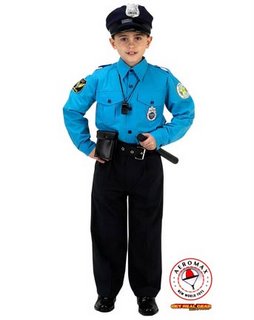
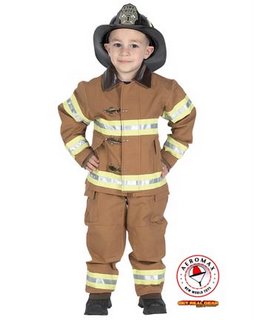

And look at how race is marked with some of the children’s costume models (2 cats, and a dancer):
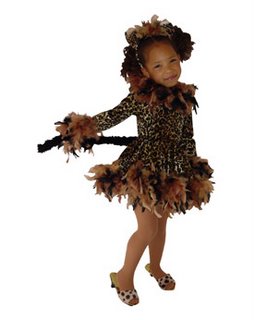
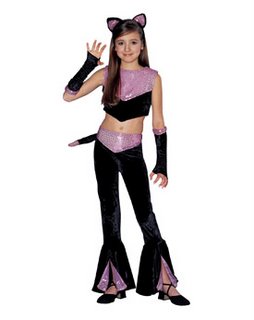
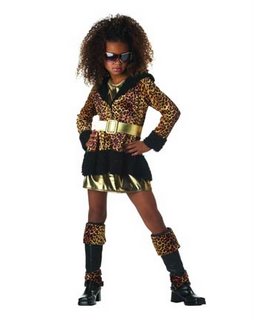
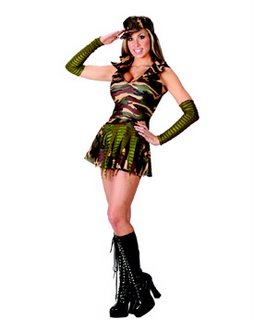
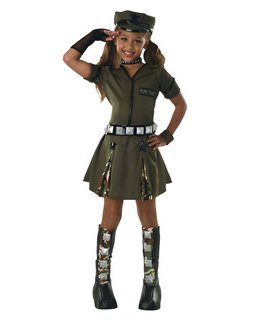

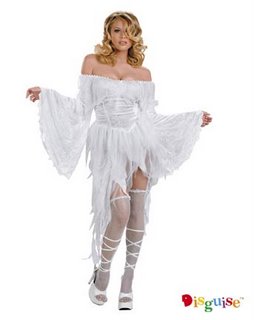
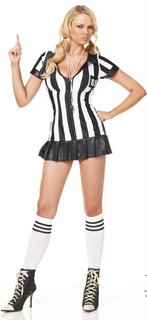
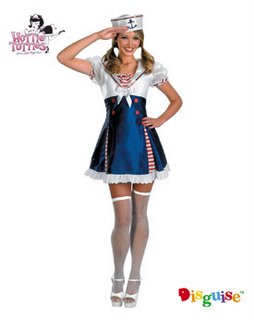
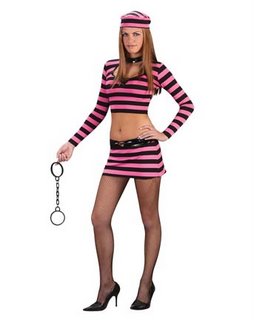
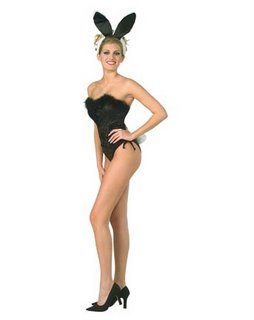
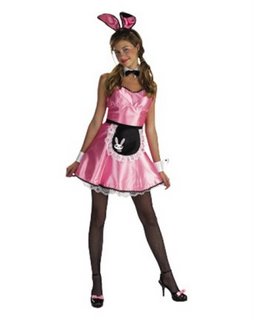
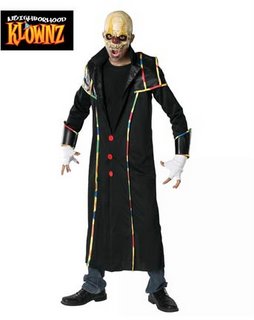
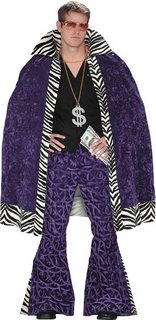
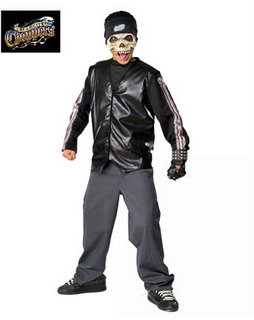
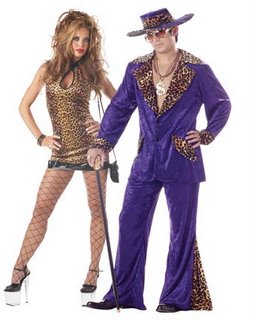
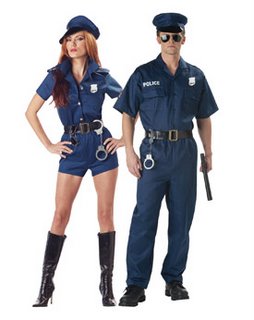
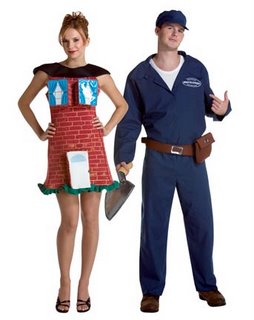
Anyway, happy Halloween!